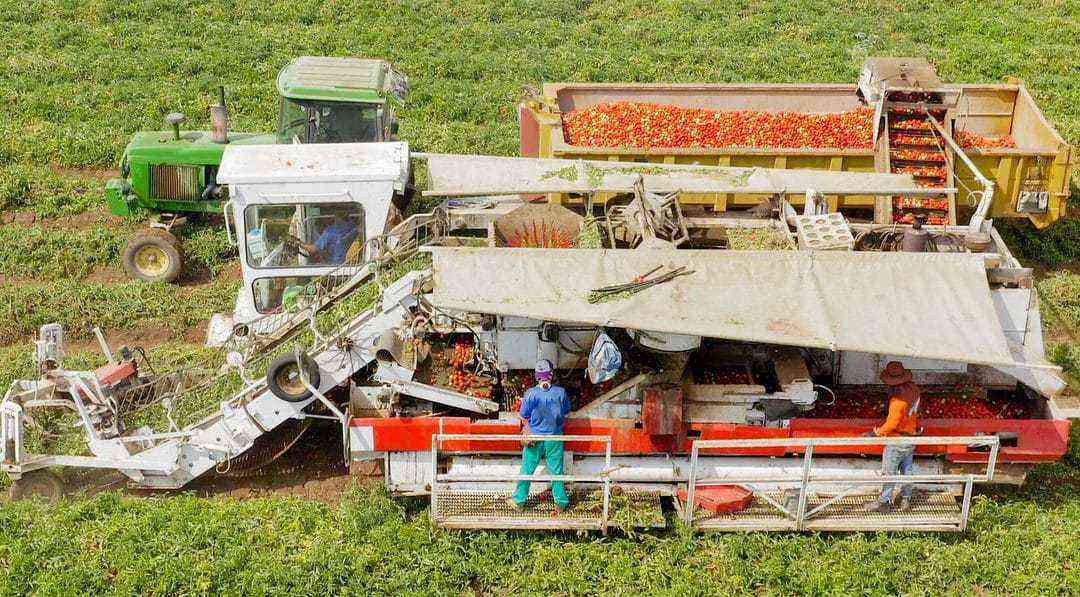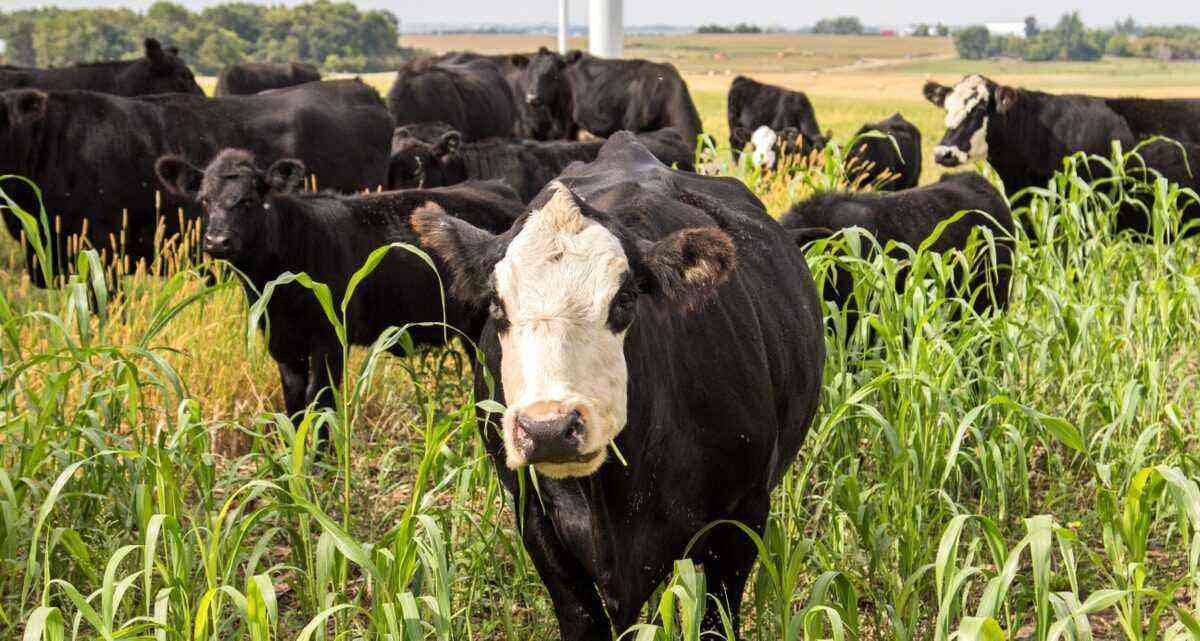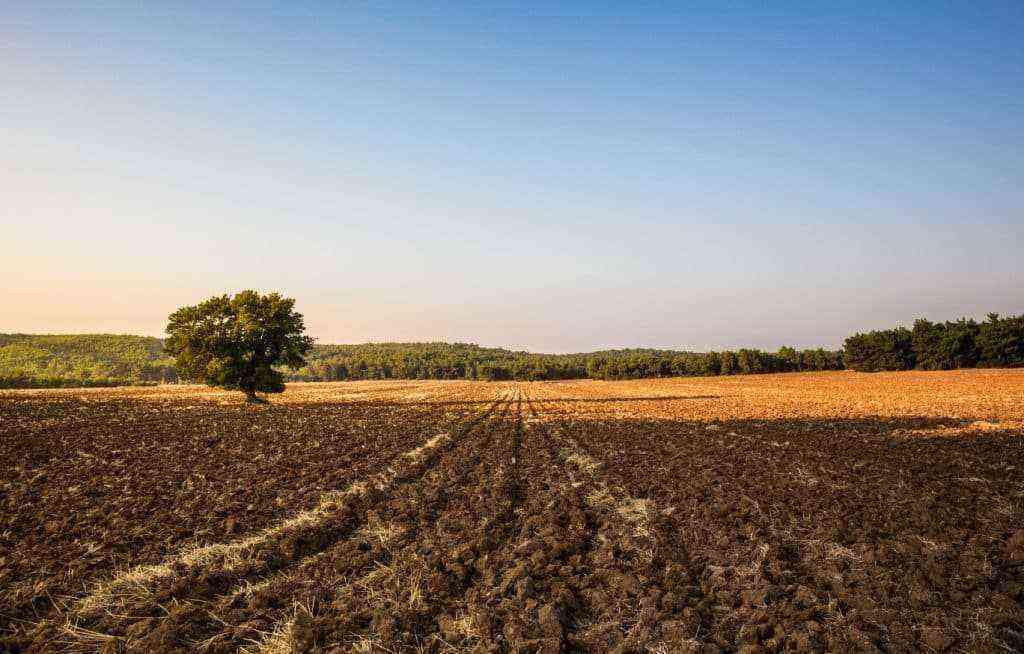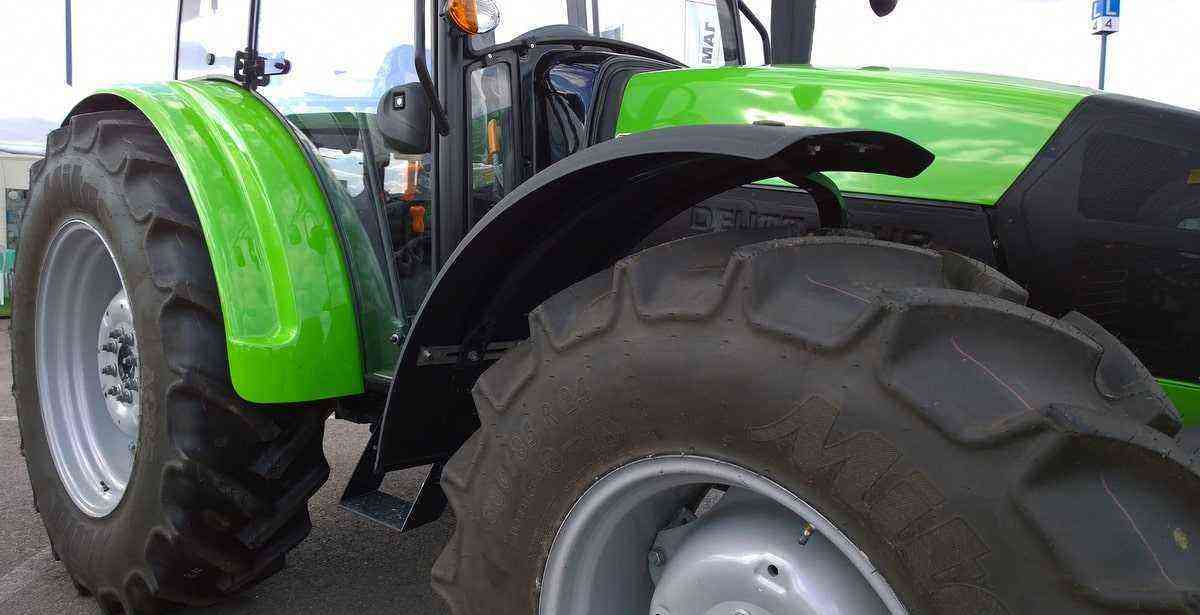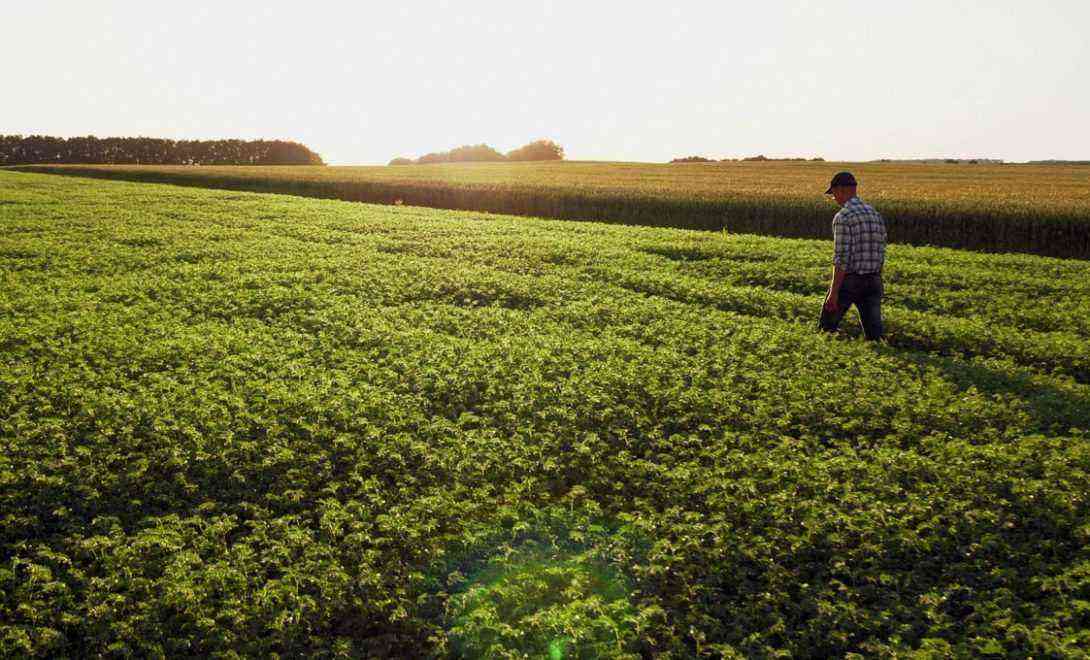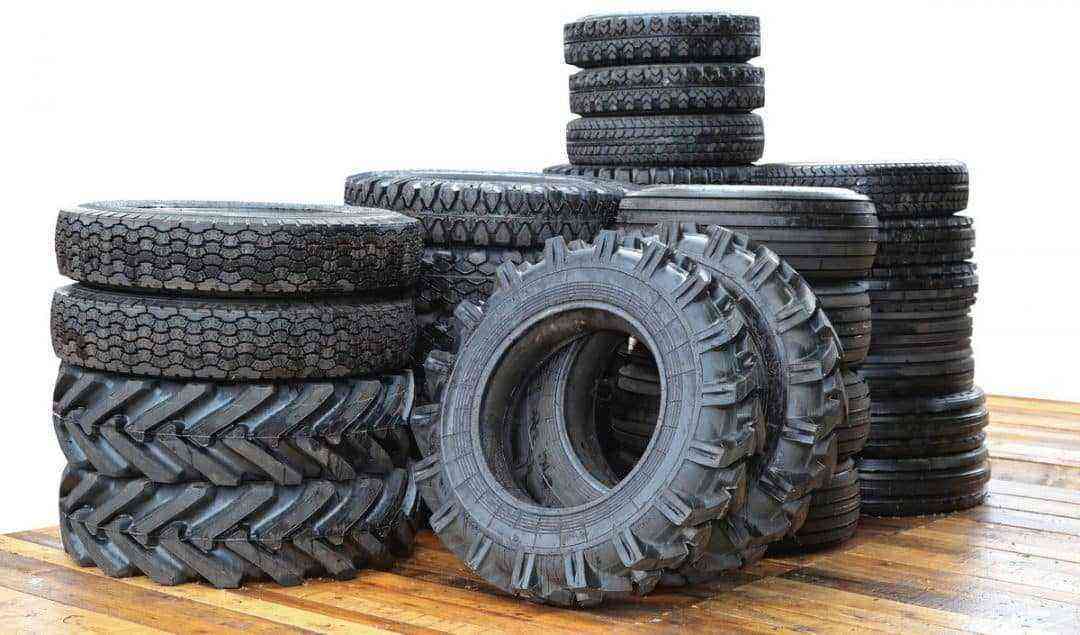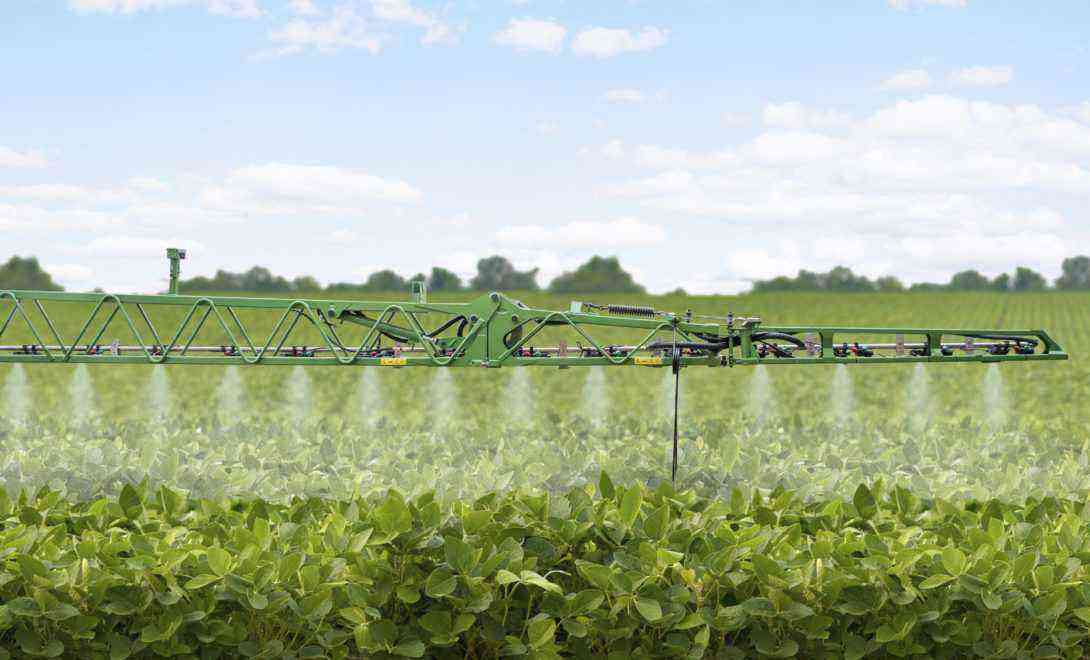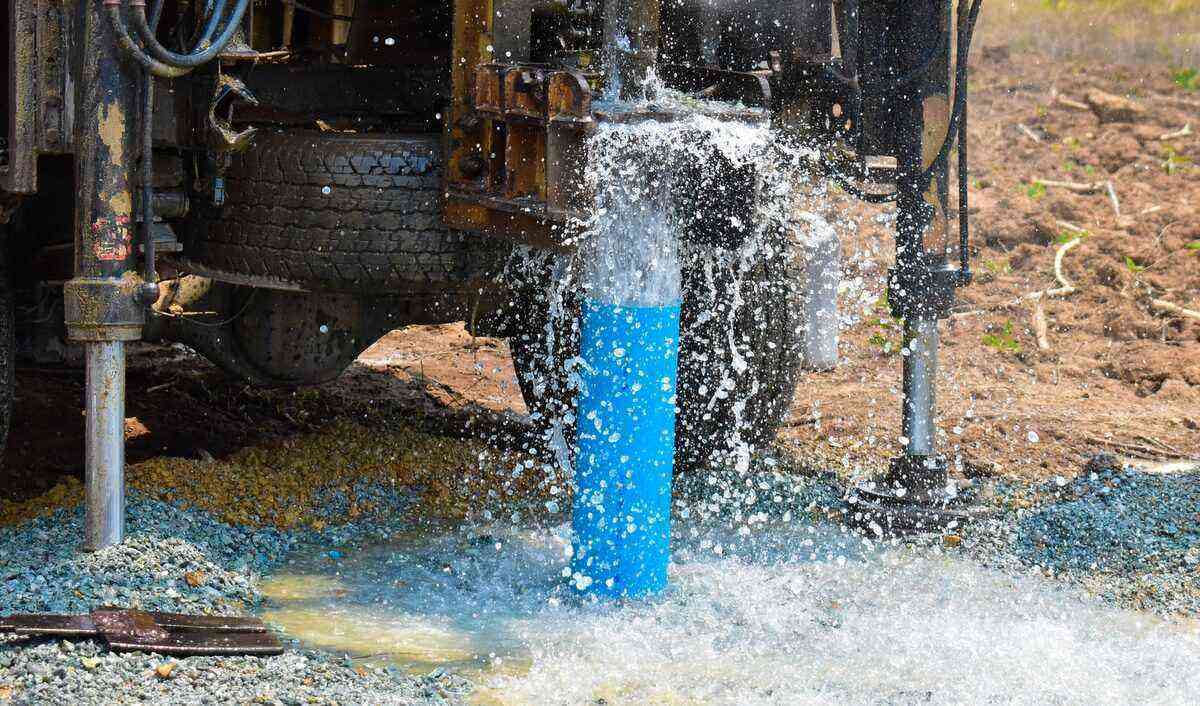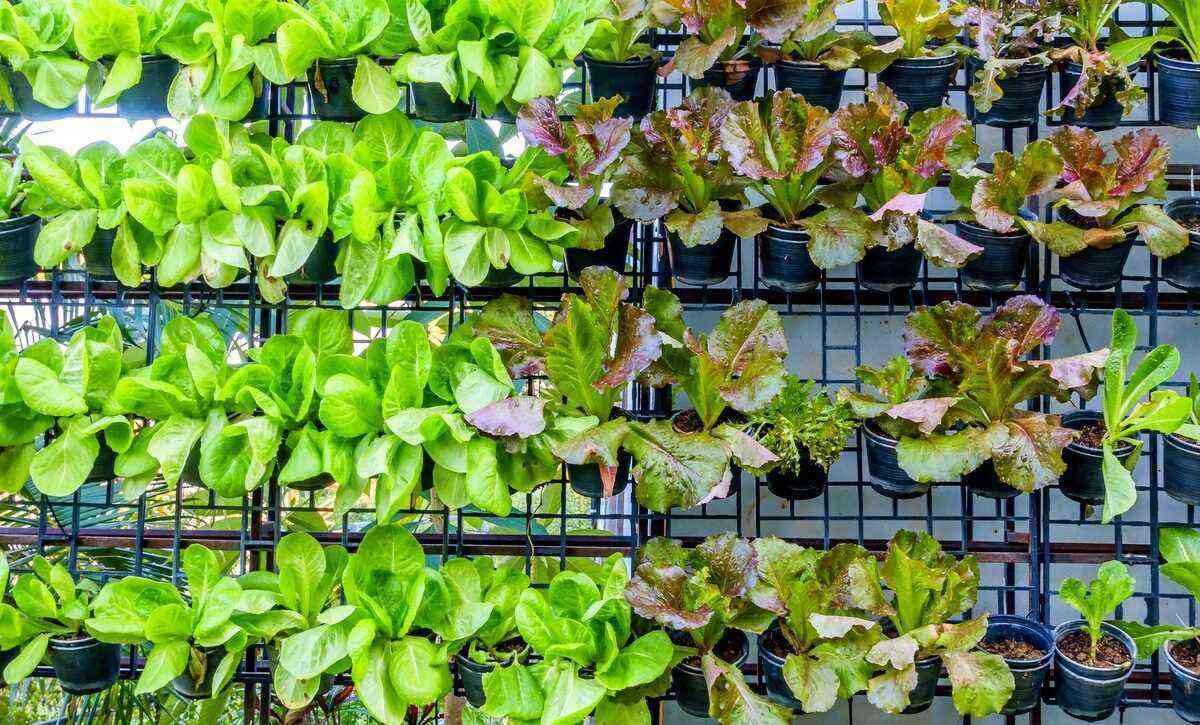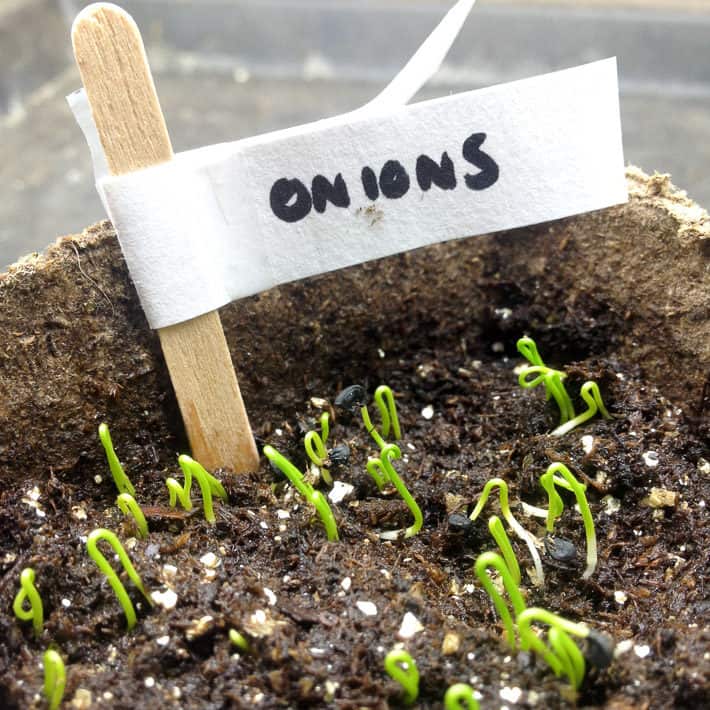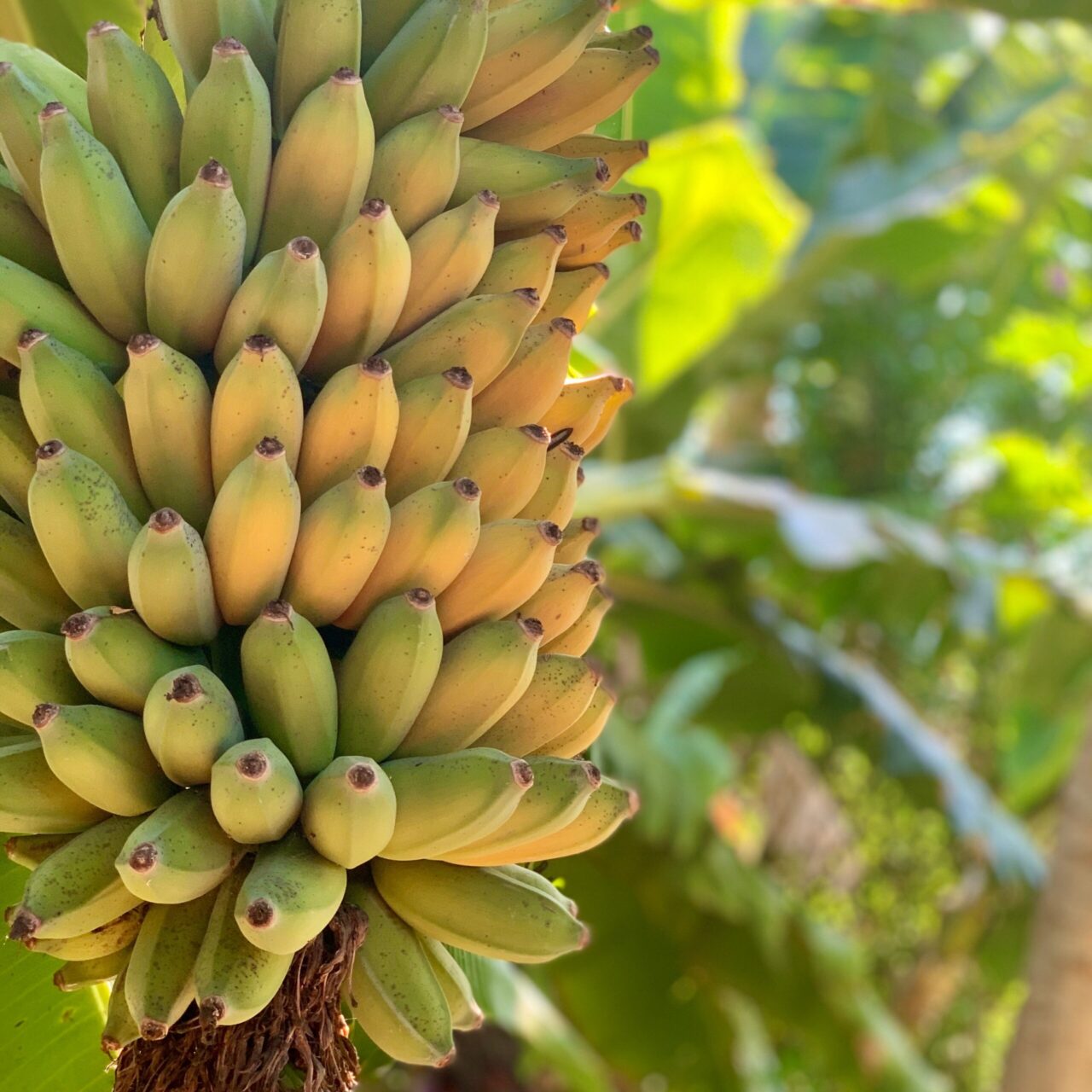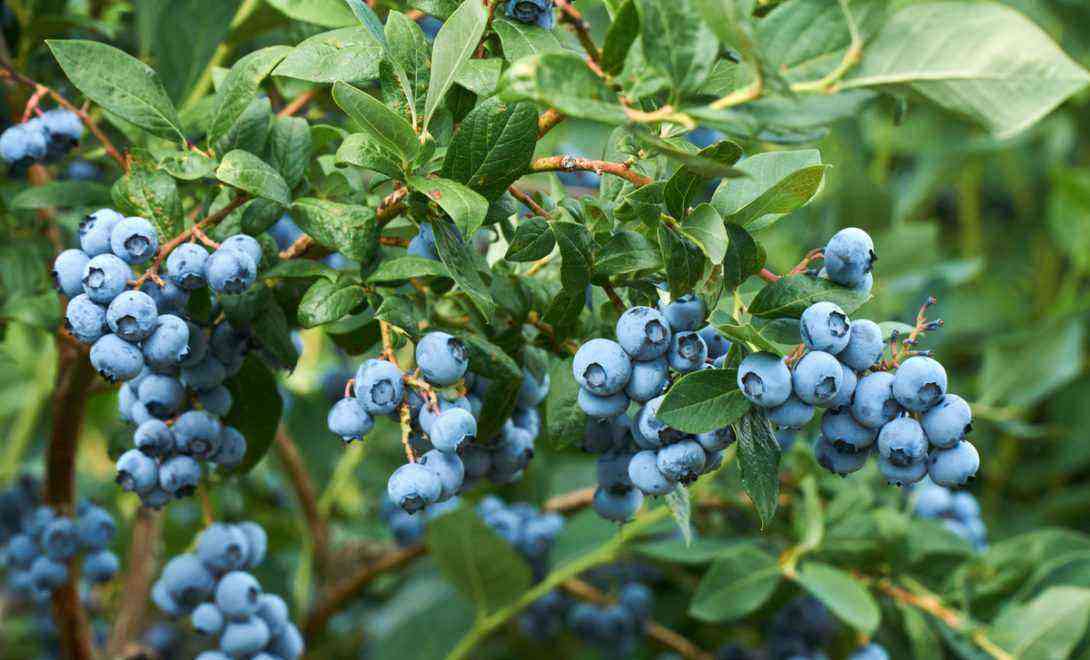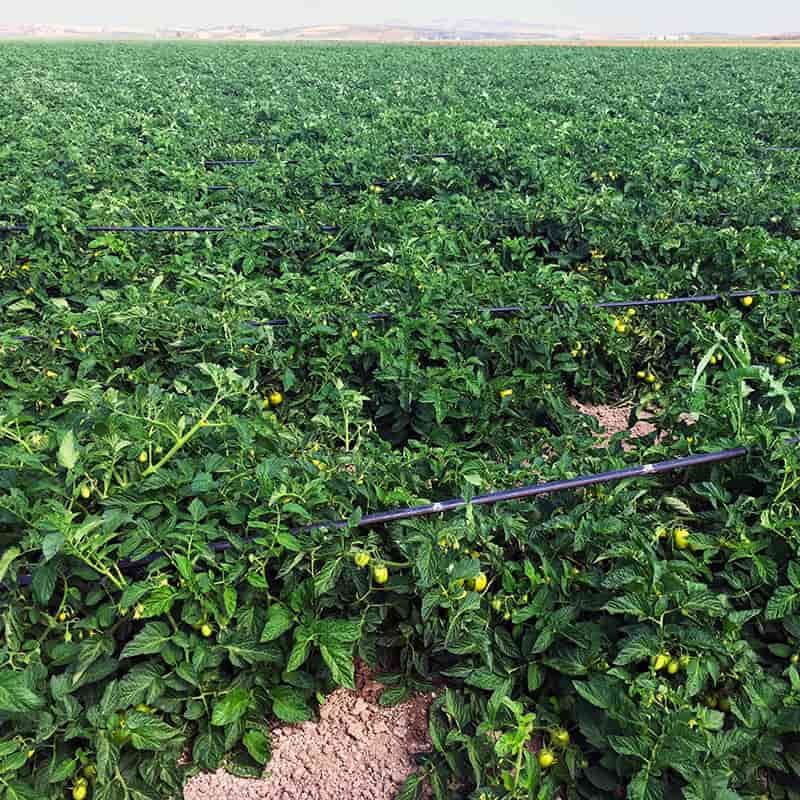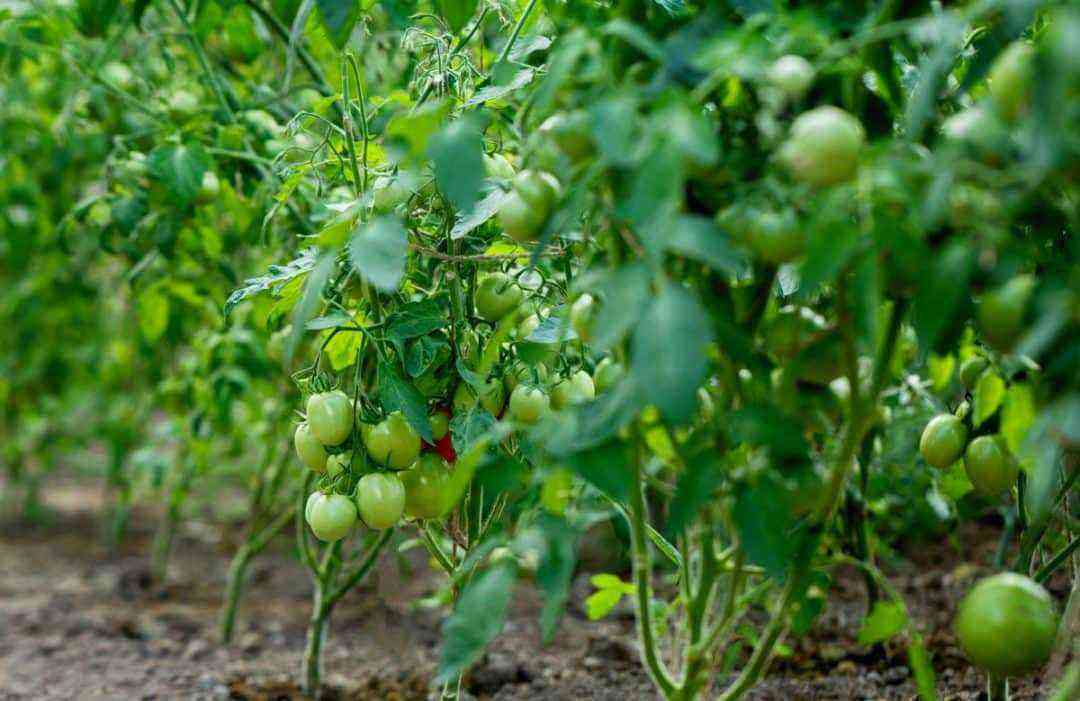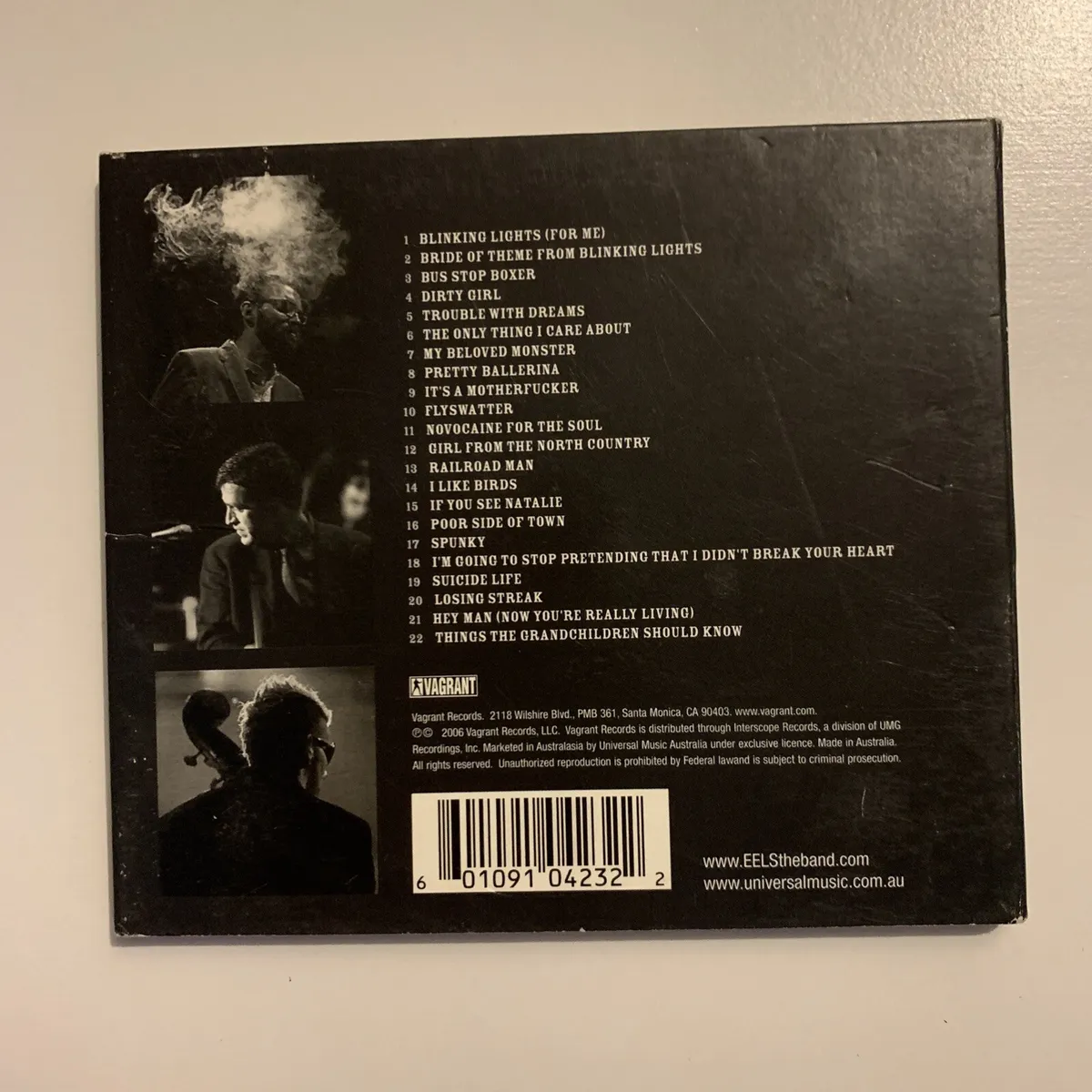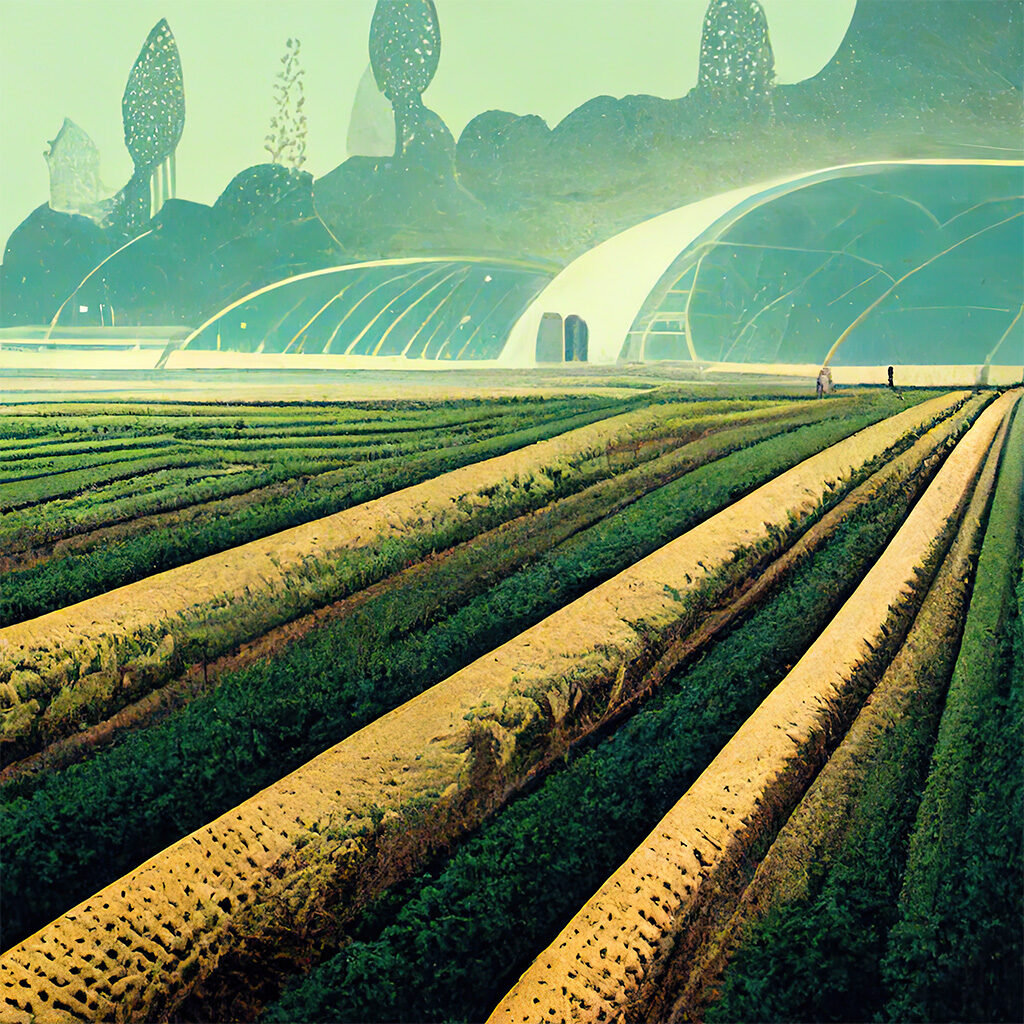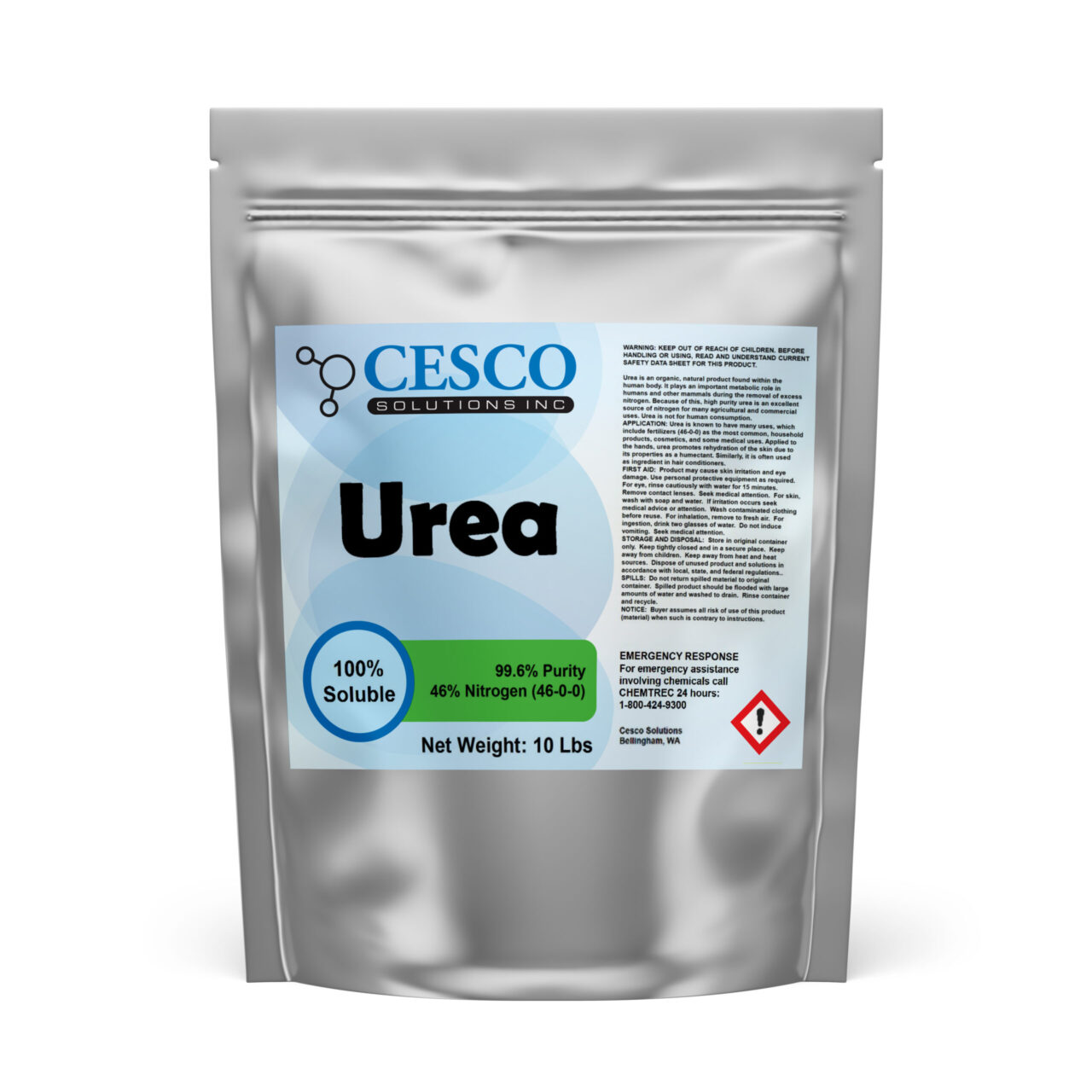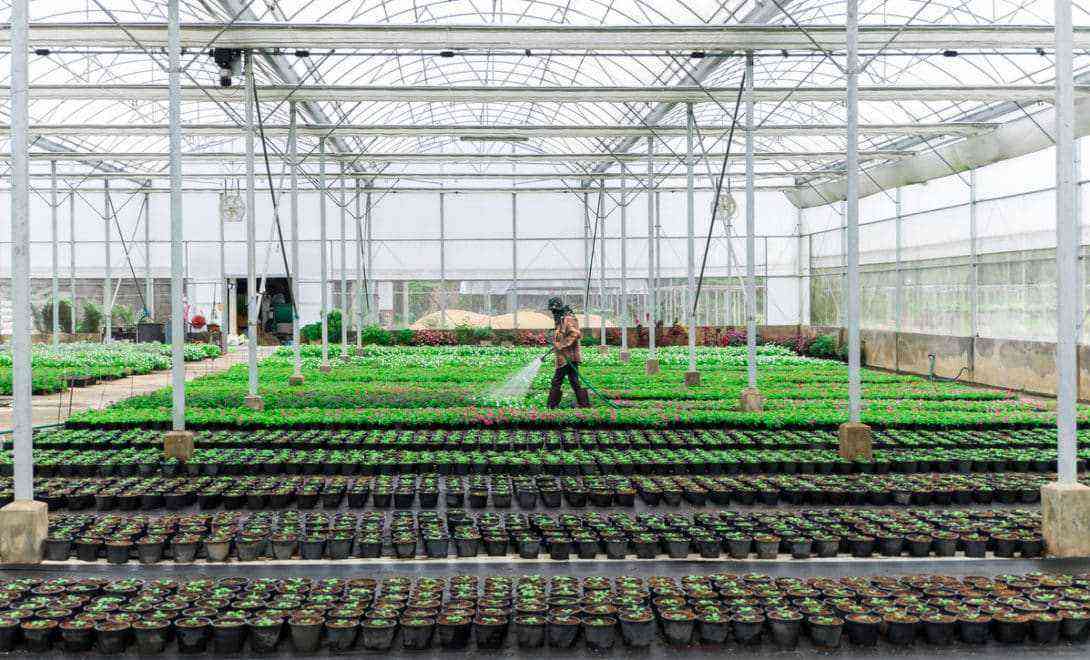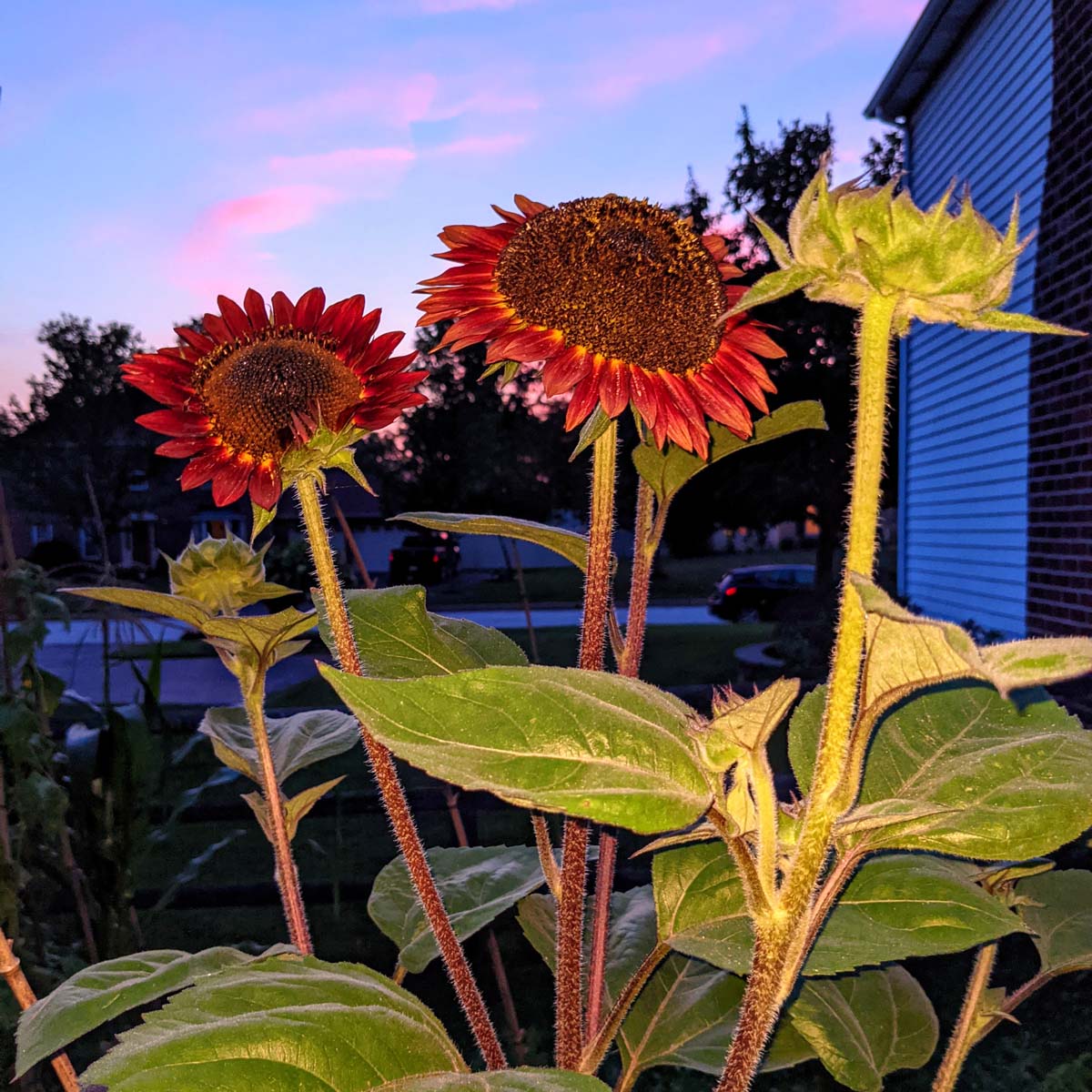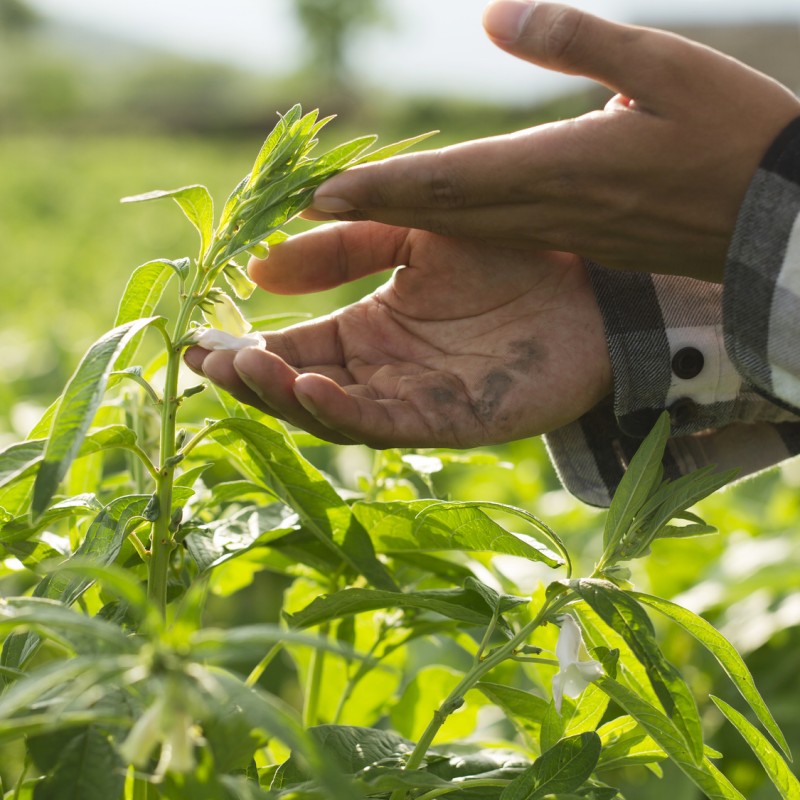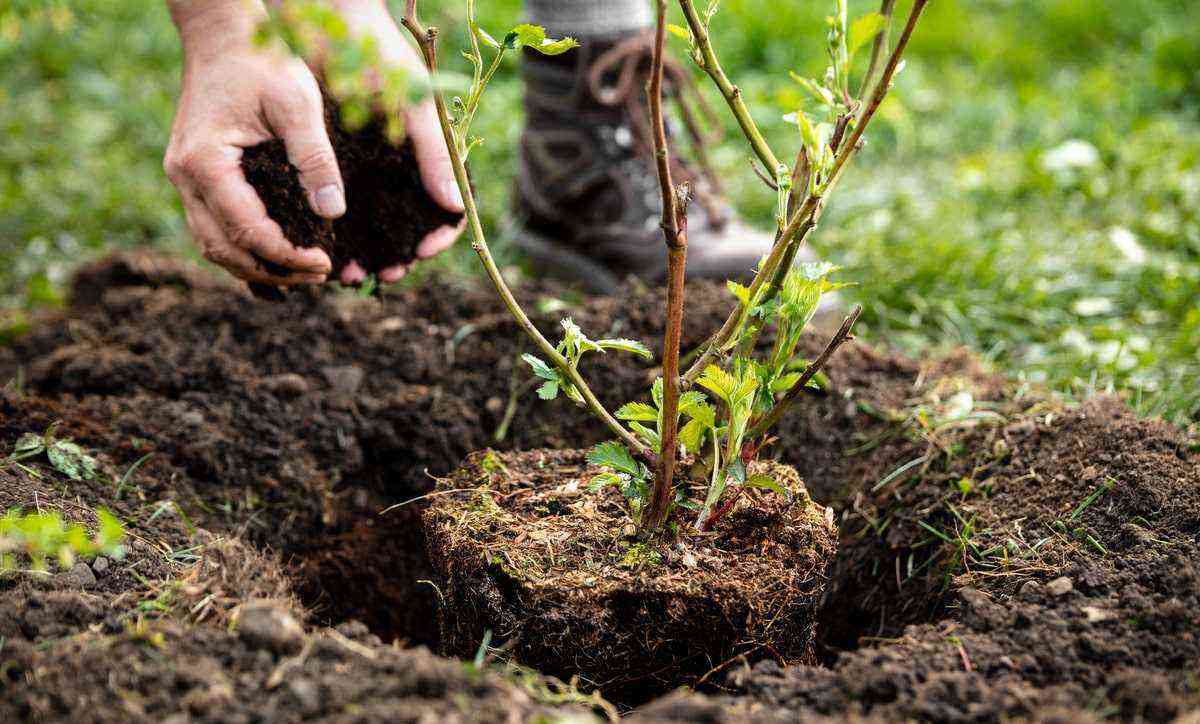Cassava cultivation, as it has a biannual cycle, can always be subject to several pest attacks, causing severe damage to plantations and weakening the economic productivity of agribusiness.
Thus, the best way to combat these pests is to have the necessary knowledge to remove and prevent damage caused to the plant.
Therefore, in this article, we will talk about the top 5 pests found in cassava plantations. After all, knowing each one of them is essential to find ways to end their consequences.
The following information was taken from the “Guide to recognize the main insects, pest mites and natural enemies of cassava“, developed by Embrapa (Brazilian Agricultural Research Corporation).
And don’t forget to check out other agricultural news on the MF Rural blog.
White fly
Even in the adult stage, these insects are very small and are found in the upper region of plants and in the lower areas of leaves. The whitefly releases a sugary substance that allows the growth of the black fungus, impairing the photosynthesis of cassava.
In this way, damage occurs because of sap suction, which leads to curling of new leaves, yellowing and leaf fall. In addition, the taste of cassava becomes more bitter and the spread of viruses is greater, due to the roots having a high water content.
Mandarová caterpillar
This moth is known for its gray coloration and reddish brown wings with black edges. Their copulations appear during the night.

The producer needs to be attentive to identify pests in cassava.
Therefore, it is recommended to use light traps, at high points, to identify the period of onset of infestation. After its location in the plantation, it is essential to monitor the field to identify the eggs and the size of the caterpillars.
lace bug
The lace fly or lace bug (Leptopharsa heveae – Hemiptera: Tingidae), is only three millimeters long, has a grayish color, round wings and lives around 23 to 90 days. In their youth (nymphs), these insects are white in color and are smaller than adults, despite having the same morphological conditions.

Symptom of lace bug attack on cassava leaves. Photo: Romulo da S. Carvalho/Embrapa
The lace bug lives in colonies and is most often located in the lower areas of the lower and middle leaves. In more aggressive attacks, they can occupy the leaves of the pointer (apical). Both in the nymphal and adult stages, they can cause damage to cassava.
This pest insect starts its attack through the lower leaves, reaching the apex of the plant. The greater the number and size, they cause yellowish spots and later in reddish brown tones. On the underside of plants, the black dots are the droppings of this insect.
rod drills
Females lay their eggs in the tender areas of cassava stems. When they hatch, the larvae feed by digging galleries, which makes it impossible for the sap to circulate, consequently causing the weakening and death of the plant.
Its identification is facilitated due to the location of the attacks, which occur in the entrance holes. Thus, excavations in the form of tunnels make it possible to locate this pest.
Cochonilha da parte aérea
Several species of mealybugs are found both in Africa and in South America. However, the ones that cause the greatest economic damage are the Phenacoccus herreni e P. manihoti.
Both species have similar cycles. The only difference is that the P. herreni reproduces sexually (with the presence of males), while the P. manihoti reproduces through parthenogenesis (females generating females).
So, did you like to know more about the main pests of cassava?
See more about cassava:

